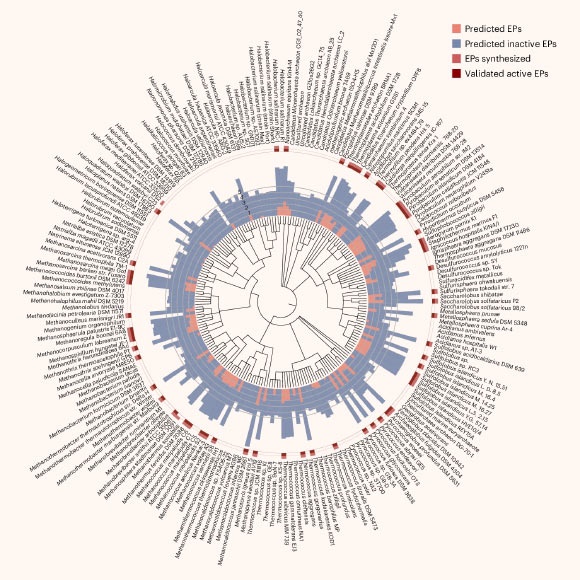Overview
- Researchers retrained the AI tool APEX 1.1 to scan proteomes of 233 archaeal species, uncovering 12,623 candidate antimicrobial peptides dubbed archaeasins.
- Eighty archaeasins were synthesized and 93% showed in vitro activity against drug-resistant pathogens including E. coli, S. aureus and P. aeruginosa.
- In animal infection models, three archaeasins arrested a hospital-acquired drug-resistant bacterium within four days, with one matching the efficacy of polymyxin B.
- Chemical analysis revealed archaeasins differ from known antimicrobial peptides in electric charge distribution and likely disrupt bacterial electrical signalling internally.
- Authors plan to enhance APEX’s structural prediction capabilities and conduct further efficacy and toxicity testing as they advance toward human trials.

